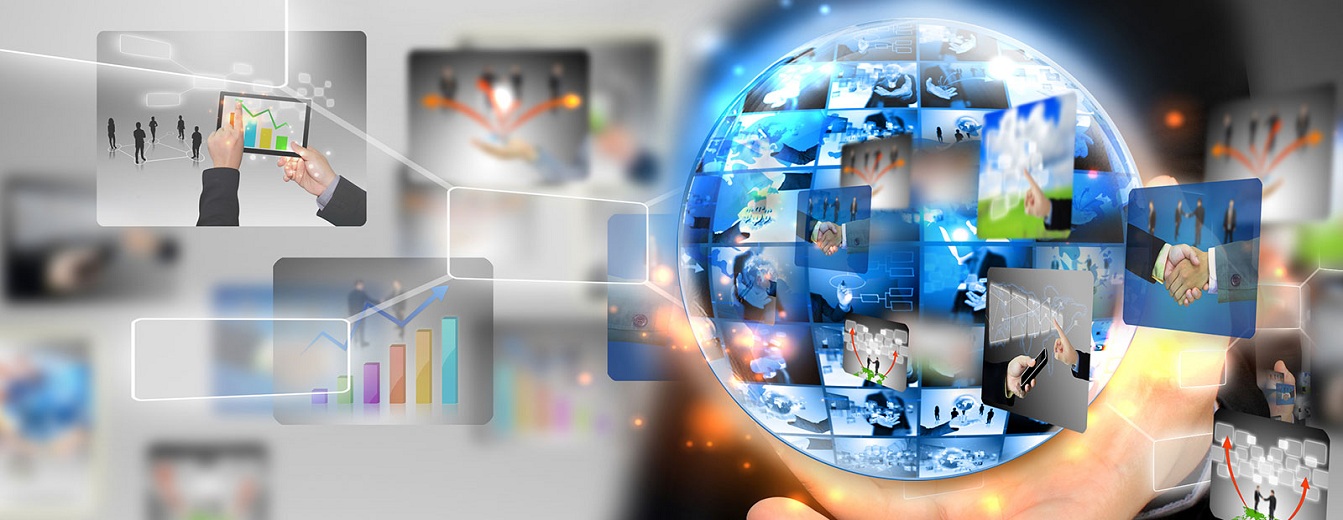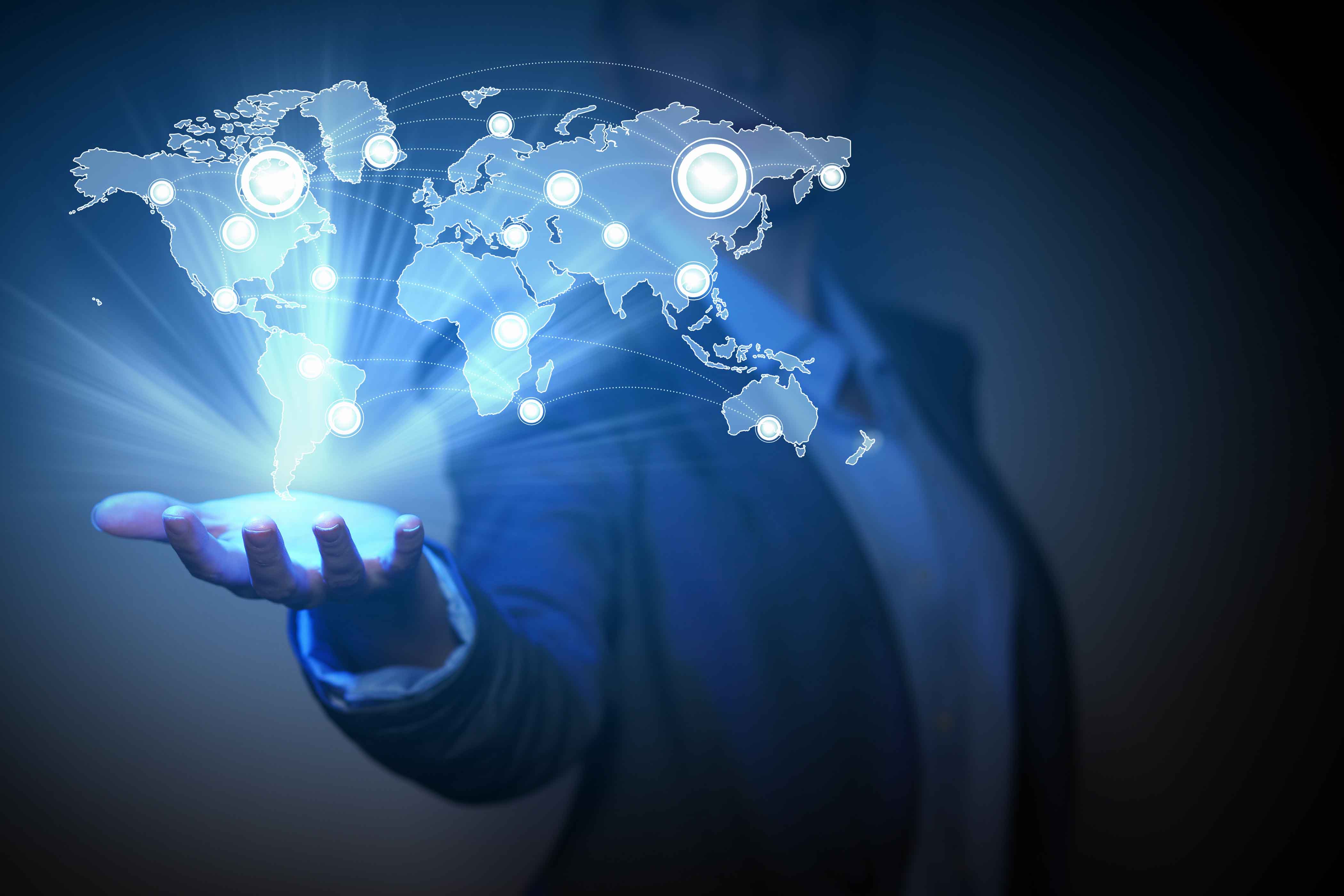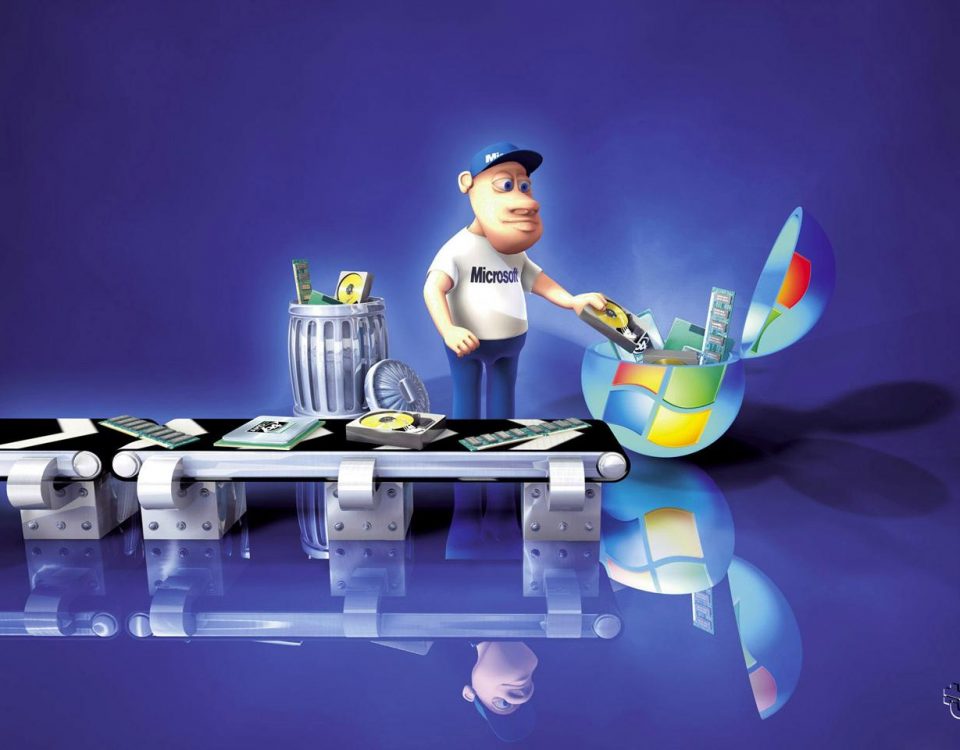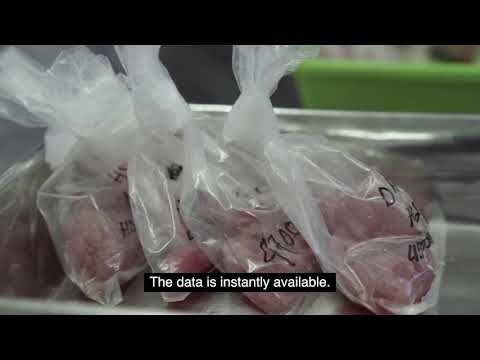
Palo Alto Networks Announces Intent to Acquire Demisto
February 20, 2019
Intuitively Right: Inclusive Design and Accessibility
February 20, 2019VINCI Energies specializes in the energy performance of buildings, management of industrial sites, and implementation of smart infrastructures. Eight years ago, the division of VINCI reached €4.6 billion in turnover. In 2018, the group expected this to triple.
This rapid growth is the result of targeted acquisitions across the globe. “In just a few years, hundreds of companies have joined the group,” says Dominique Tessaro, CIO of VINCI Energies.
This external growth led to a highly fragmented information system that needed to be standardized. “Around 15 different systems operated in parallel, not counting the specific instances of the same solution. It was a veritable patchwork of software packages,” says Tessaro. Together, the DSI and management reflected on the group’s enterprise resource planning (ERP) strategy, deciding to deploy a single system on a global scale.
After selecting SAP, a large project known as Codex started. Its goal was to redefine the business rules of VINCI Energies. The group opted for a single principal with a single customer and supplier database and a global account plan. It also deployed a new accounting model.
The core model resulting from this work was first put into production in early 2015 on a scale of 100 companies. From there, a long project to migrate all other ERP to Codex began. Since then, VINCI Energies has been modernizing its user interfaces by activating the SAP Enterprise Portal component and SAP Fiori software.
Migration to SAP S/4HANA
In 2016, the group needed to replace its ERP database and took the opportunity to migrate to SAP HANA. In the process, it launched a prototype to prepare the migration to SAP S/4HANA.
“Companies need to always be fast, smart, and agile,” emphasizes Tessaro. “In this context, the transition to SAP S/4HANA was imperative if we hoped to preserve the ability to innovate. The question was not whether we should do it but when and how.”
The migration project began in September 2017 with a go-live date of July 31, 2018. Some issues, such as inconsistencies caused by the reduced number of tables, arose down the line. “We have worked with SAP to close the gaps that have emerged over the years in order to have a clean foundation,” he explained. In parallel, the seven test cycles were conducted to document and simplify the migration process as much as possible.
After a final preparatory test in mid-July, it was time to go live. With a halt in production, the migration started four days before the go-live date. Teams worked tirelessly, taking advantage of the additional support from the publisher. Certain pilot professions participated in this stage and 140 users tested the system beforehand. “They were informed that in the event of a problem all their data would be lost, so they took the necessary precautions,” says Tessaro.
By midday on the go-live date, after approximately 4,000 man-hours and 4.5 million lines of code, the new system was reopened to all users. In all, 26,000 users from 600 legal companies across 11 countries switched to SAP S/4HANA. The group deployed a full production instance.
The results of this huge migration were highly satisfactory. It took place at the end of July to be able to correct any issues in August and have a perfectly operational system in September. And by the end of 2018, production was running smoothly and deployments continued.
Constant publisher support played a significant role in the success of the project. “We wanted SAP to be our partner because of the scale of the project,” states Tessaro. “SAP has given us full attention with a dedicated team and headquarters support in Walldorf. When a concern arose, the publisher used its teams around the world for a quick resolution. These teams have worked hard to achieve this huge technological challenge.”
Quick Wins for Businesses
This project was presented to the businesses as a technological prerequisite to deploy innovations. “Businesses trusted us because we had many interesting projects to our credit,” says Tessaro. “This good relationship with the businesses was particularly significant for the migration to SAP S/4HANA as it required the entire ERP to be retested.”
However, some developments have been introduced to appeal to users, particularly in terms of design. “We now have a modern ERP tool with user-friendly interfaces,” says Tessaro. And dealing with some well-identified “pain points” has shown some tangible benefits immediately. For example, rewritten reporting has improved performance by a factor of 60. “Every month we save 600 hours thanks to the new system.”
Core Model of SAP S/4HANA: Base to Support Transformation
Deployment of the core model continued alongside this migration. By the end of 2018, 80 percent of the group had SAP S/4HANA as a requirement for global visibility and to enable the deployment of complementary applications.
“There are several benefits to having a single core model on SAP,” says Tessaro. “This strong, clean, and well-structured core allows us to more easily extend the application panel.” This is shown by the redesign of a customer portal done in 2018 around SAP C/4HANA and SAP Cloud Platform. Integration with SAP ERP has made it possible to establish an end-to-end customer request process.
“Conceptually, everyone wants to build this type of integrated process,” he observes. “In practice, many people lose infinite time trying to interface various technologies or re-enter data several times.”
New IT Roadmap: A Place for Innovation
Implementation of SAP S/4HANA has new opportunities for information systems and many benefits for the business. The group intends to change the way users consume ERP applications. Multiple projects are in the works, including:
- The implementation of SAP Cash Management to optimize cash flow in the group and manage end-to-end processes
- The deployment of new transactions
- The implementation of a new homepage that pushes information to users in real time rather than forcing them to look at their transactions one-by-one to find out what they need to do
- The deployment of embedded analytics
Once the migration is complete, the company can start working on innovation matters. This year, it plans to test out a virtual assistant with voice recognition capabilities with SAP CoPilot and study the use of chatbots on its customer portal. “For the future, I am convinced that voice will replace keyboards in interacting with ERP,” says Tessaro. The company is also considering the implementation of SAP Leonardo Machine Learning capabilities to automate certain processes, such as invoice reconciliation.
Due to the project’s success, VINCI Energies has submitted an entry for the 2019 SAP Innovation Awards. Learn more and view the pitch deck here.
Françoise Nove-Josserand is communications and marketing manager for SAP France.
This story originally appeared on the SAP France News Center.






